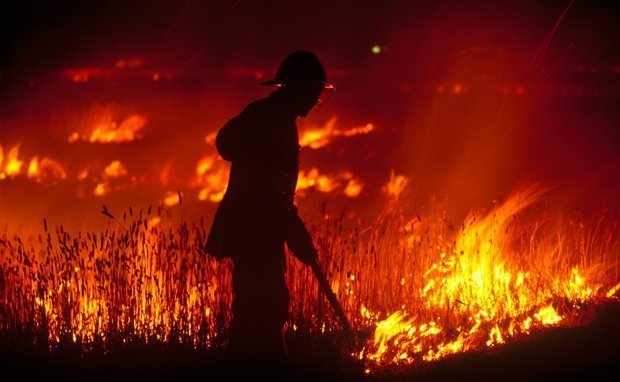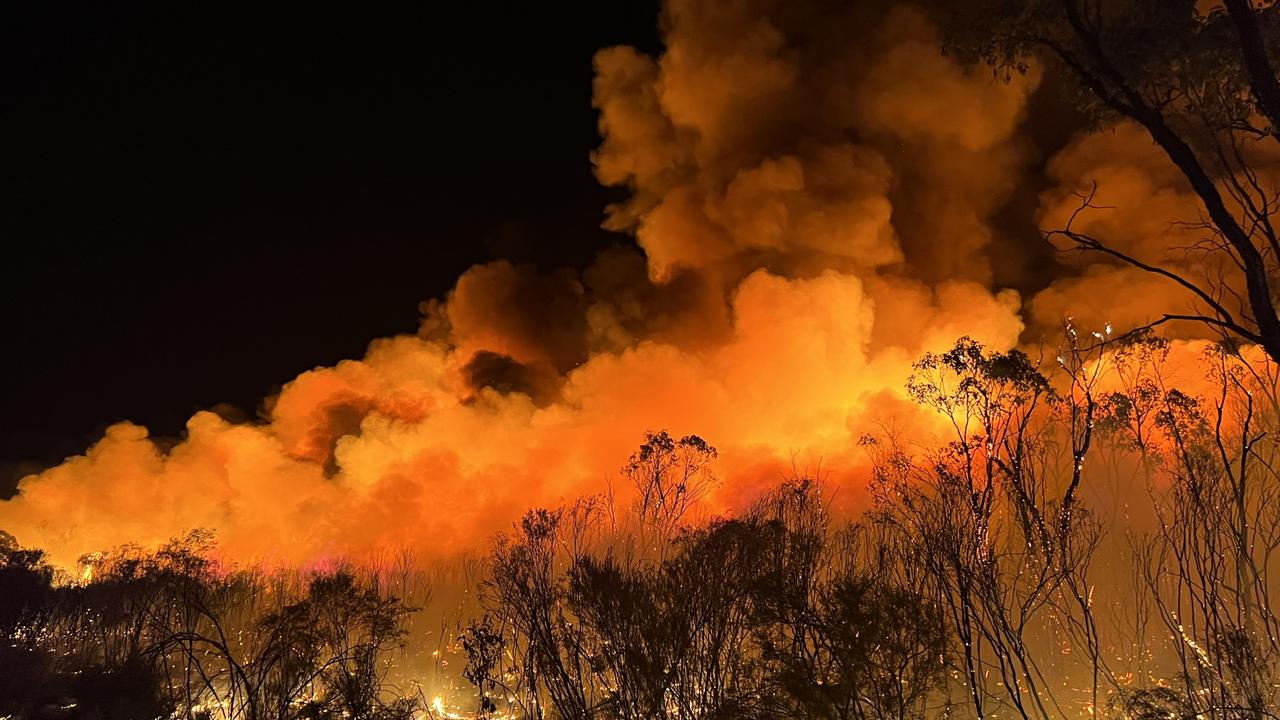Untangling the Relevance of a Thorough BAL Report for Your Building
Untangling the Relevance of a Thorough BAL Report for Your Building
Blog Article
Exactly How BAL Report Impacts Shrub Fire Defense Steps
In the realm of bush fire security, the Building Assault Level (BAL) record stands as an important device that substantially influences the security and strength of residential or commercial properties in fire-prone areas - BAL Report. The impact of a BAL evaluation prolongs much past plain documentation; it functions as the cornerstone for identifying the proper construction requirements and fire defense steps essential to mitigate the dangers presented by bushfires. As neighborhoods face progressively extreme fire periods, comprehending just how the BAL record forms these protective actions becomes vital for policymakers, homeowners, and builders alike
Recognizing the Bushfire Attack Level

Significance of BAL Report Evaluation

Moreover, the BAL report analysis works as a fundamental action in adhering to lawful responsibilities and requirements associated with bushfire security. Regional councils and authorities frequently mandate the submission of a BAL report as part of the planning and building approval process to make go to this site sure that buildings are effectively guarded versus bushfire dangers. Failing to conduct a detailed BAL record analysis can lead to inadequate defense measures, leaving residential or commercial properties at risk to devastating bushfire incidents.
Construction Standards Based Upon BAL
A thorough understanding of the Bushfire Strike Degree (BAL) allows residential property proprietors to carry out building requirements tailored to their specific risk profile. Construction criteria based on BAL are critical in mitigating the influence view website of bushfires on residential properties. The BAL ranking classifies the prospective danger a building encounters throughout a bushfire on a range from BAL-Low to BAL-FZ (Flame Area)
Carrying Out Fire Protection Measures
With the structure of construction criteria based on Bushfire Attack Level (BAL) in place, the focus now shifts towards the sensible application of fire protection actions to fortify properties against bushfire risks. Passive steps consist of utilizing fire-resistant building products, installing cinder guards on vents, sealing gaps in roofing systems and walls, and preserving a clear space around the property cost-free from combustible plant life. By incorporating both passive and energetic methods, buildings can dramatically lower their susceptability to bushfire occurrences and boost the safety of occupants.
Shielding Homes Versus Bushfires
Successfully securing homes against the damaging impacts of bushfires calls for a comprehensive and proactive technique to fire security steps. Additionally, sealing voids and vents to stop ash intrusion, as well as including fireproof doors and windows, can help fortify the home's protection versus bushfires. By embracing a proactive position and incorporating this website these safety steps, house owners can considerably increase their opportunities of protecting their homes versus bushfires.
Final Thought
Finally, the Bushfire Attack Degree (BAL) record plays a critical function in figuring out the necessary defense measures versus bushfires. By evaluating the BAL, construction requirements can be tailored to mitigate the threats and ensure the safety and security of homes in fire-prone locations. Applying fire protection measures based upon the BAL record is necessary in guarding residential properties from potential bushfire dangers. It is necessary for property owners to focus on BAL evaluations and comply with recommended building criteria to enhance bushfire resilience.
In evaluating bushfire danger to buildings, understanding the Bushfire Attack Level (BAL) is an important part for applying effective protection actions. In general, a clear understanding of the Bushfire Assault Level is vital for executing sufficient security procedures and alleviating the influence of bushfires on properties.

Report this page